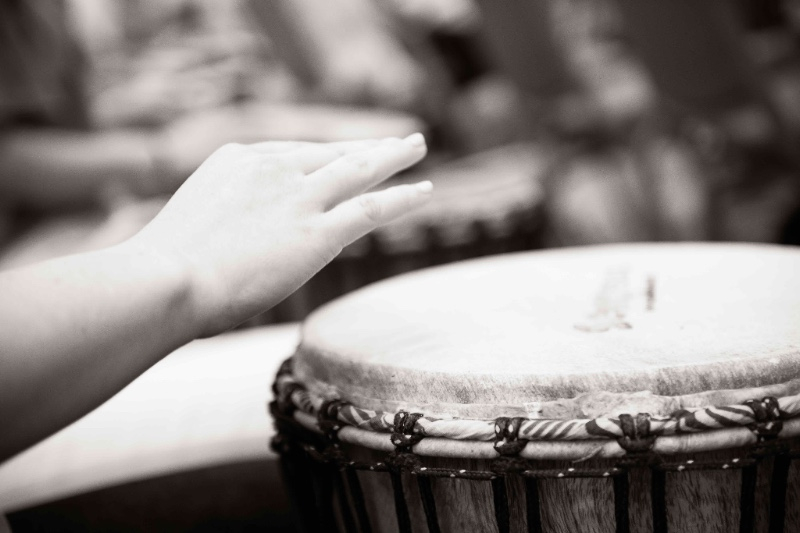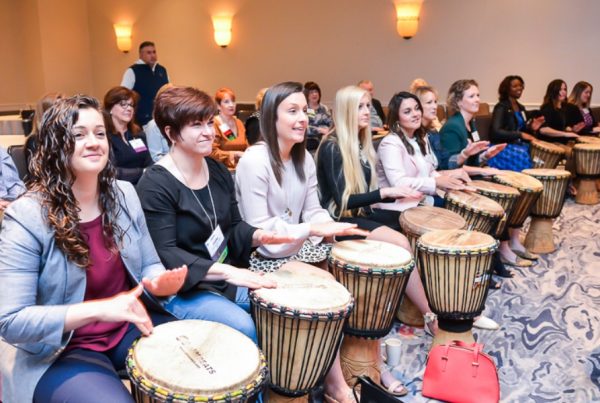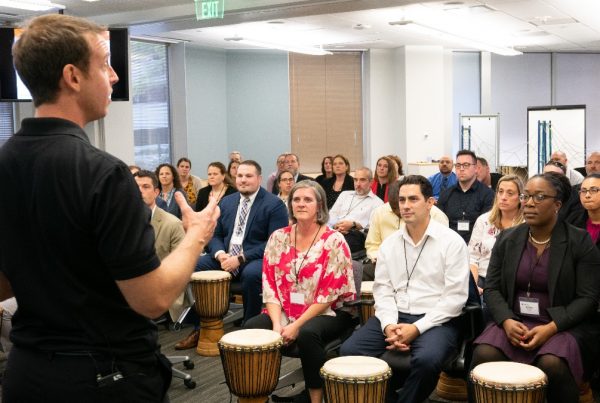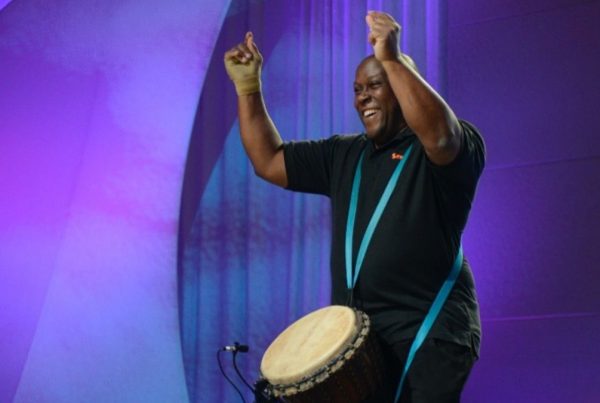Mindfulness and emotional intelligence are two words we hear often in the current dialogue about leadership development and executive performance. But what do these terms mean, how are they related and what is their practical connection?
Let’s start off by defining our terms. According to the Harvard Business Review, mindfulness is “shifting your attention inward to observe your thoughts, feelings, and actions without interpretation or judgment.” In a separate article, the HBR describes emotional intelligence as a collection of competencies that fall within the domains of self-awareness, self-management, social awareness and relationship management.
Notice that in the above definitions self-awareness is the common thread where both mindfulness and emotional intelligence overlap. Relative to mindfulness, the shifting of focus inward is all about self-awareness. With emotional intelligence, not only is self-awareness one of the domains of core competencies, but it is also strongly related to the other three. So how does this connection apply when it comes to practical application?
Daniel Goleman and Matthew Lippincott, two giants in the fields of emotional intelligence and mindfulness, recently studied 42 senior leaders from organizations across the globe who routinely engage in mindfulness practices. Their research found that “rather than describing a direct correlation between their mindfulness practice and increased performance, the leaders talked about increased self-awareness that led them to change certain behaviors” connected to the emotional intelligence. The leaders then achieved a wide variety of benefits including stronger relationships, increased output, positive performance reviews, and promotions.
In summary, mindfulness practice drives self-awareness, self-awareness drives emotional intelligence, and emotional intelligence drives results. While it would perhaps seem that focusing on mindfulness alone could get us the results we are after, Goleman and Lippincott suggest that we would be best served by working on both mindfulness and emotional intelligence. They suggest a track of development that includes assessing and improving emotional intelligence, and that this work could also involve mindfulness training and practice.





